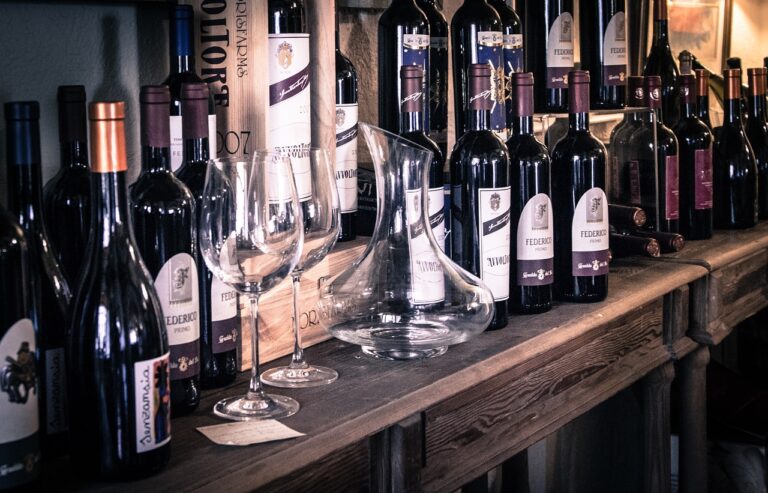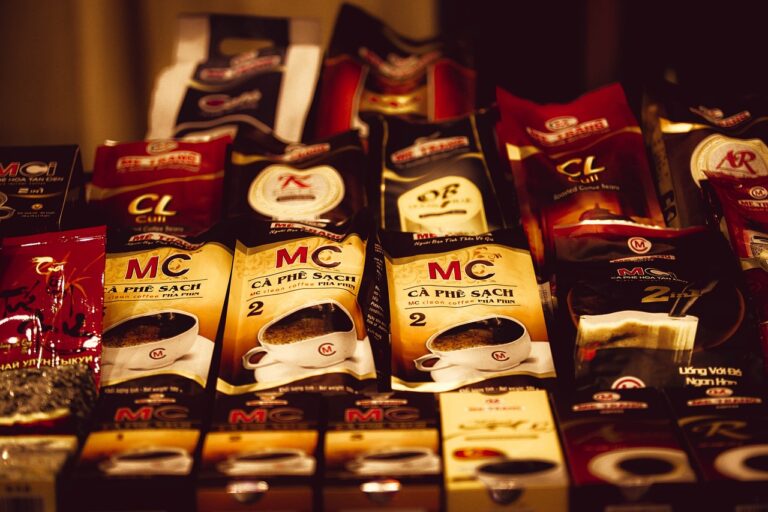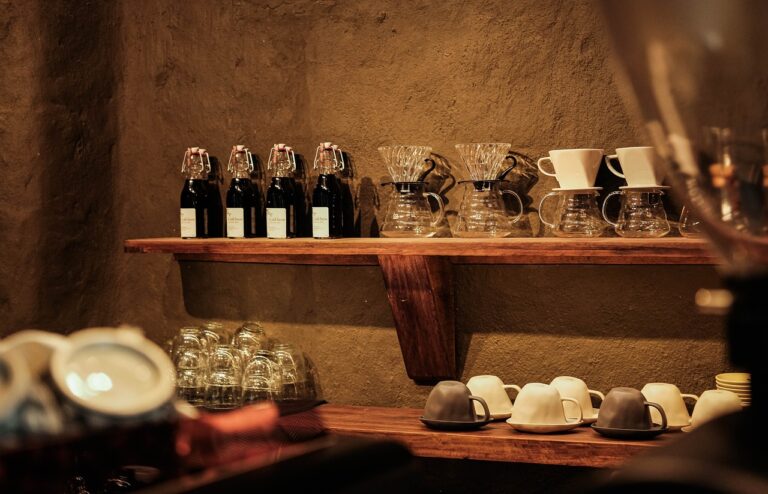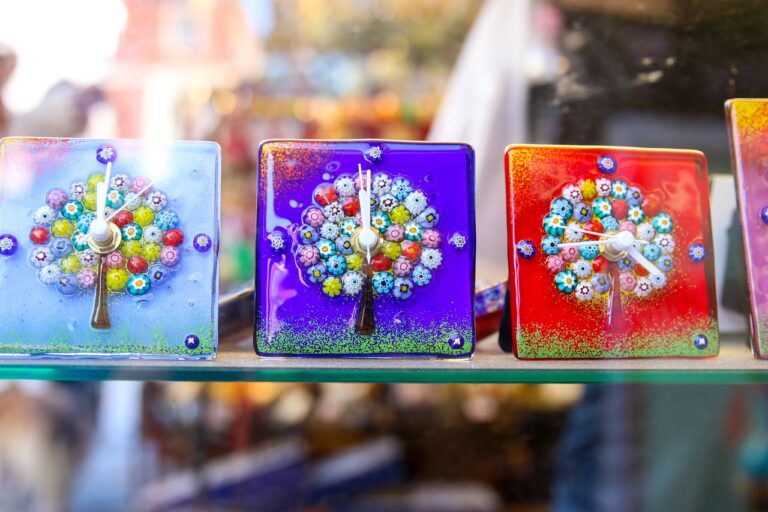The Evolution of Shopping Centers: From Malls to Mixed-Use Developments
In recent years, traditional shopping centers have undergone significant transformations to adapt to the changing retail landscape. Gone are the days when these centers were primarily focused on housing retail stores. Today, they offer a mix of services, entertainment options, dining experiences, and even residential spaces. This evolution is a response to the shifting demands of consumers who now seek convenience, experiences, and a sense of community when they visit shopping centers.
Moreover, the rise of e-commerce has also played a crucial role in reshaping traditional shopping centers. With the convenience of online shopping, brick-and-mortar stores have had to reinvent themselves to provide unique offerings that cannot be replicated online. As a result, many shopping centers now feature pop-up shops, interactive displays, experiential activations, and other elements that create a sense of excitement and engagement for visitors. This evolution is essential for traditional shopping centers to stay relevant and attract foot traffic in an increasingly competitive retail environment.
Rise of Mixed-Use Developments
Mixed-use developments have been gaining popularity in urban planning and real estate development in recent years. These projects combine residential, commercial, and recreational spaces within a single integrated community. This trend has emerged as a response to the increasing desire for convenience and efficiency in daily living.
The appeal of mixed-use developments lies in their ability to create vibrant, walkable neighborhoods where residents can live, work, and play without the need for long commutes. By integrating different functions in close proximity, these developments promote a sense of community and encourage social interaction among residents. Additionally, the variety of amenities within a mixed-use development often caters to diverse preferences, offering a more holistic living experience compared to traditional single-use developments.
Changing Consumer Preferences and Demands
In today’s dynamic market, consumers are increasingly valuing experiences over material possessions. This shift in mindset has prompted shopping centers to reevaluate their offerings and incorporate more entertainment and leisure options. From interactive displays to pop-up events, retailers are focusing on creating memorable experiences that engage customers on a deeper level.
Moreover, sustainability has become a key factor influencing consumer choices. Shoppers are gravitating towards brands and stores that demonstrate environmentally-conscious practices and ethical sourcing. This has led to a growing demand for eco-friendly products and services in shopping centers, as consumers seek to align their purchases with their values. As a result, shopping centers are adapting by introducing more sustainable options and promoting eco-friendly initiatives to meet the changing demands of their clientele.
What are some factors contributing to the evolution of traditional shopping centers?
The rise of online shopping, changing consumer preferences, and the need for more experiential offerings have all played a role in the evolution of traditional shopping centers.
What are mixed-use developments and why are they gaining popularity?
Mixed-use developments are urban developments that integrate residential, commercial, and recreational spaces in one area. They are gaining popularity because they offer convenience and a variety of amenities within walking distance.
How are consumer preferences and demands changing in the retail industry?
Consumers are increasingly looking for unique and personalized shopping experiences, as well as a focus on sustainability and social responsibility. They are also demanding more convenience and flexibility in their shopping options.
How are retailers responding to these changing consumer preferences?
Retailers are adapting by offering more experiential and interactive spaces, incorporating technology into their stores, and focusing on sustainability and ethical practices. They are also expanding their online presence to meet the demands of digital-savvy consumers.







